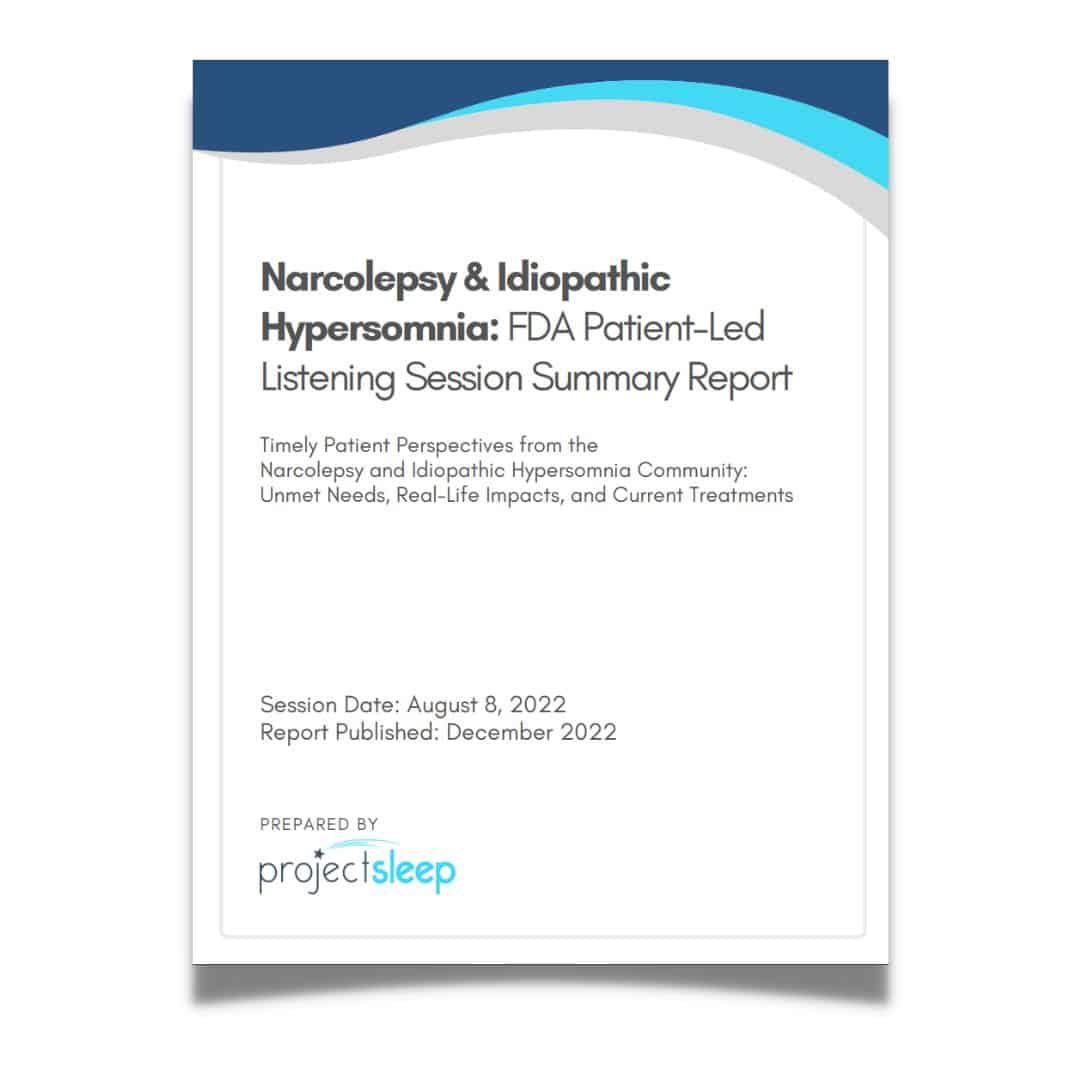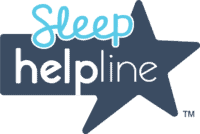On August 8th, 2022, from 2:00 – 3:30 p.m. EDT, a patient-led Listening Session took place online between the Food and Drug Administration (FDA), Project Sleep, and patient advocates in the narcolepsy and idiopathic hypersomnia community. This 90-minute meeting featured seven patient or caregiver advocate speakers, along with a Project Sleep representative and a clinician. Twenty-four FDA offices or divisions were represented in attendance at the Listening Session.
Today, Project Sleep is proud to share a Summary Report highlighting key takeaways from the meeting.






1 Comment. Leave new
It’s impressive that you are getting ideas from this paragraph as well as from our diialogue made at this time.